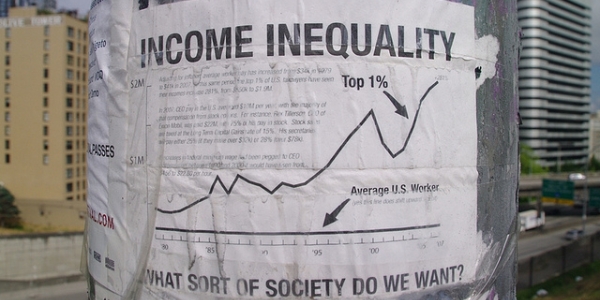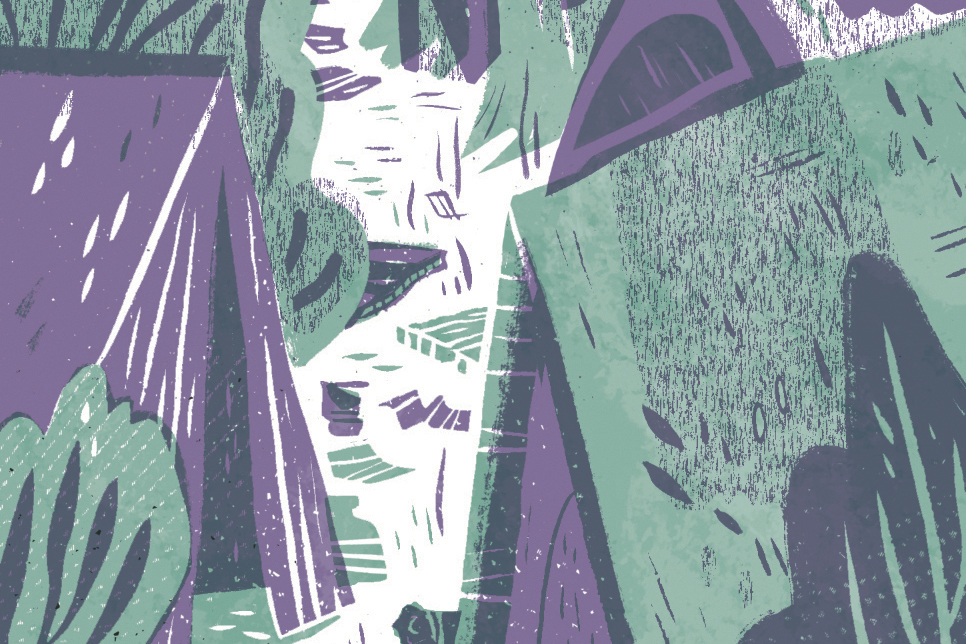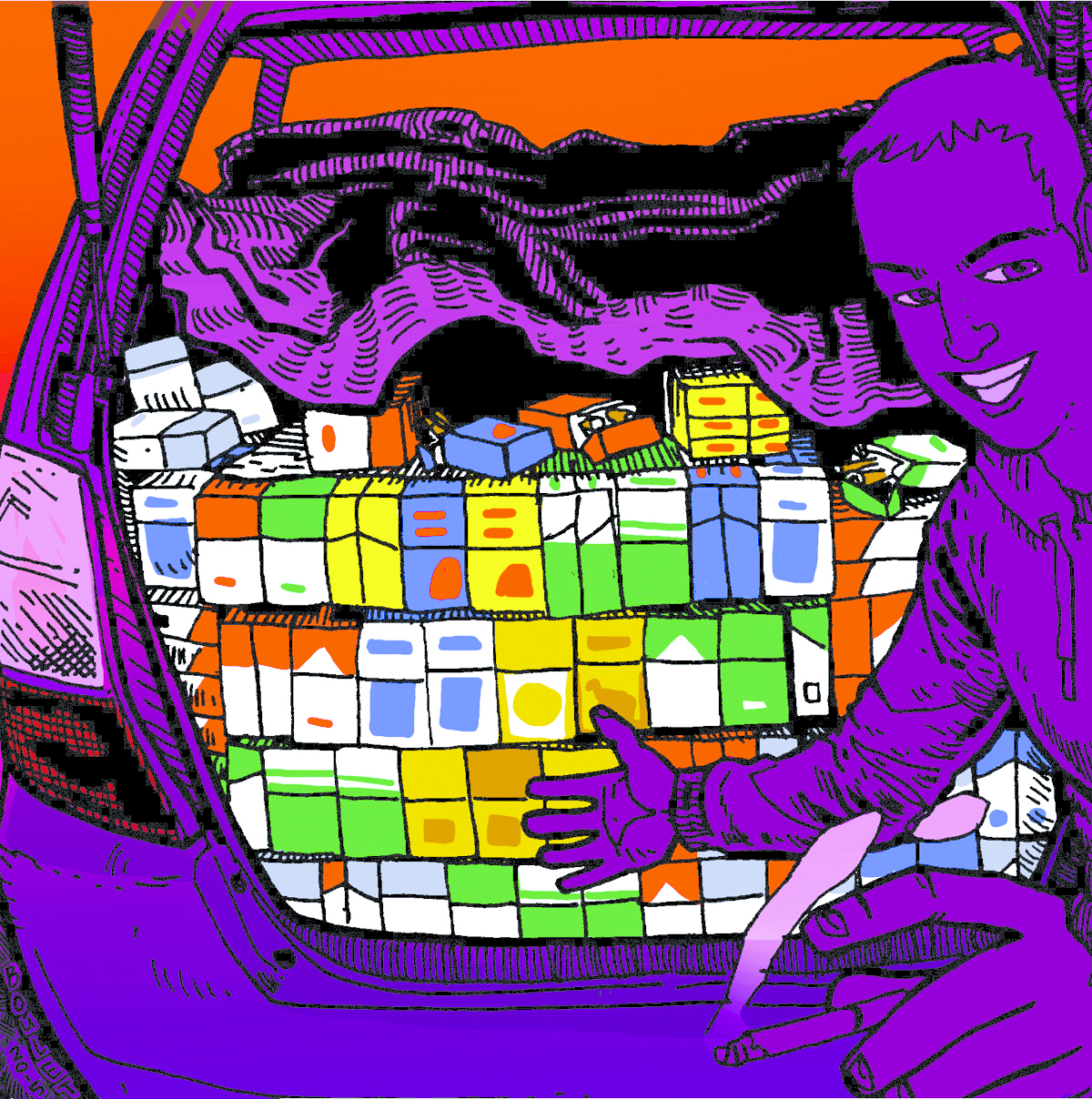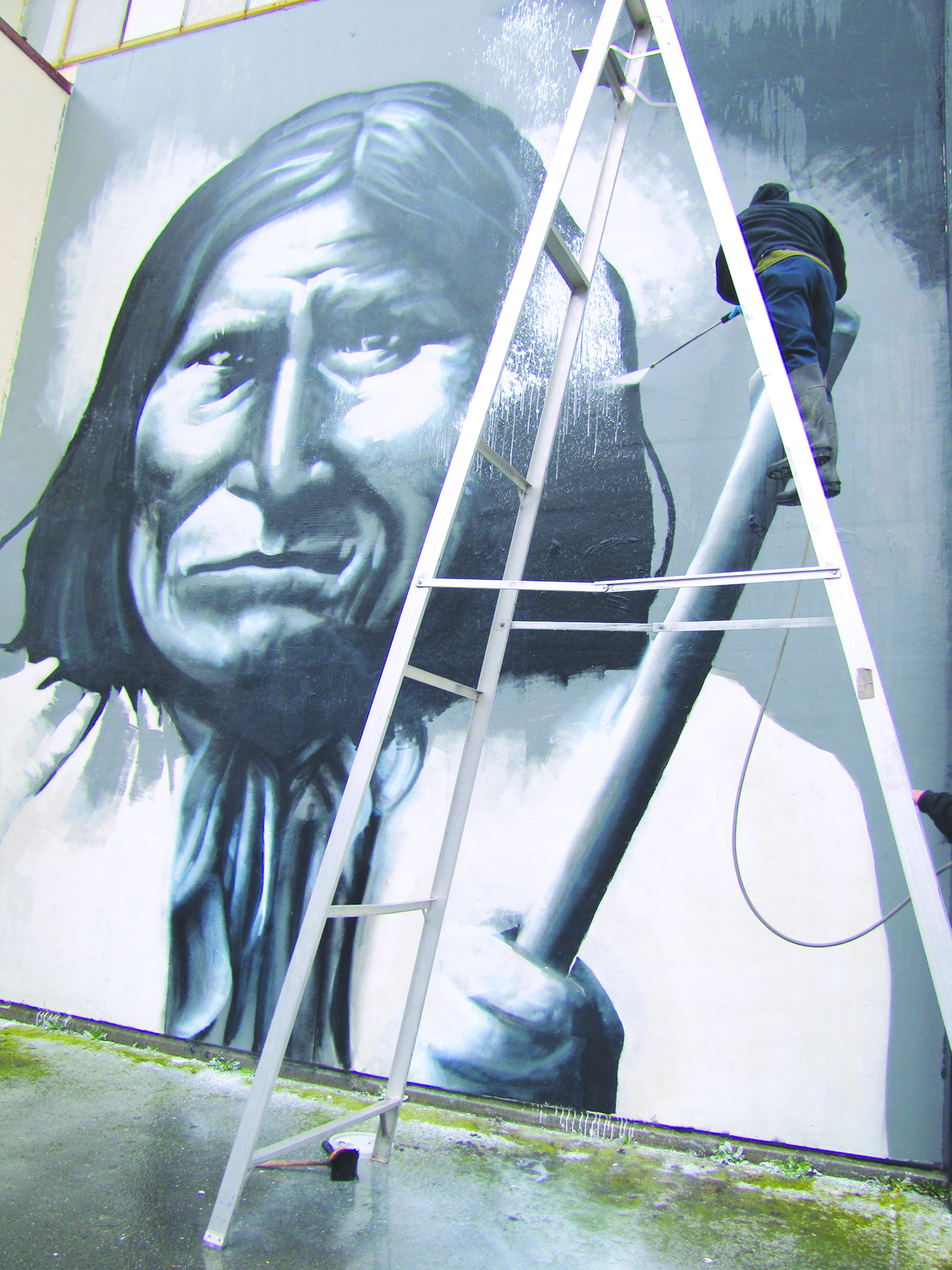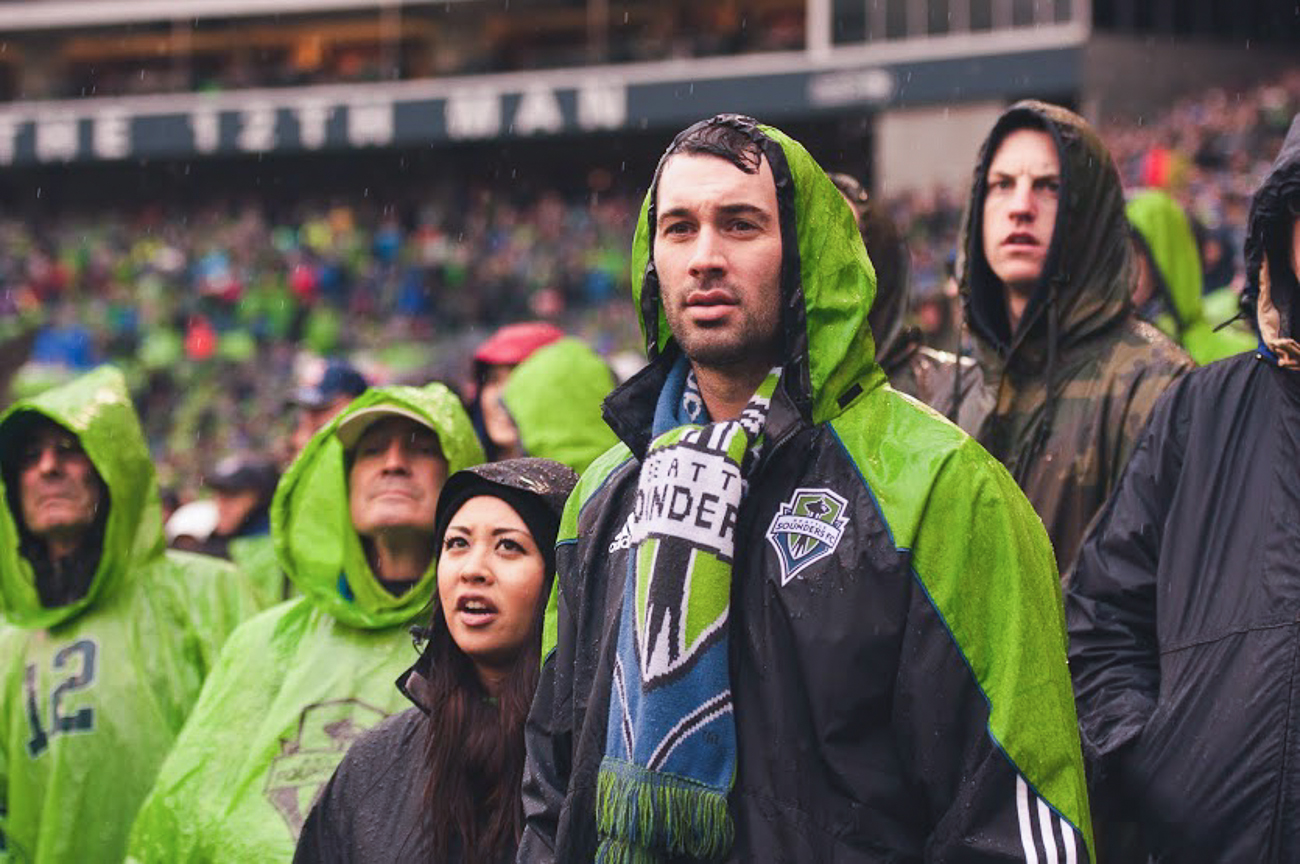With marching protesters calling for a $15 an hour minimum wage set to arrive at City Hall any minute, perhaps it’s a good time to note that, according to the Pew Research Center, income inequality in the United States is at its highest point since 1928.
In other words: The gap between the ultra rich and the rest of us is bigger than at any point over the last 85 years. Perhaps that’s something to think about the next time some dickhead suggest the poor are just losers who need to work harder.
As a post by Drew Desilver on the Pew Research Center website notes, “In 1928, the top 1 percent of families received 23.9 percent of all pretax income, while the bottom 90 percent received 50.7 percent.” Nowadays, the top one percent receives “nearly 22.5 percent of all pretax income, while the bottom 90 percent’s share is below 50 percent for the first time ever (49.6 percent, to be precise).”
So what happened between these two high points?
According to Desilver’s post – which cites the research of Emmanuel Saez, an economics professor at UC-Berkeley – “… the Depression and World War II dramatically reshaped the nation’s income distribution: By 1944 the top 1 percent’s share was down to 11.3 percent, while the bottom 90 percent were receiving 67.5 percent, levels that would remain more or less constant for the next three decades.”
Like many things, it all took a turn for the worse in the ‘70s. According to Pew, “starting in the mid- to late 1970s, the uppermost tier’s income share began rising dramatically, while that of the bottom 90 percent started to fall.” While the uber-rich took hits in the dot-com crash and Great Recession, Saez’s research shows that the one-percent recovered fairly quickly from both downturns.
And, as the post notes, people have noticed – which might help explain the protestors in the street today. Desilver writes: “More than half (61 percent) of Americans said the U.S. economic system favors the wealthy, while just 35 percent said it’s fair to most people, according to a Pew Research Center survey conducted in March. A similar share (66 percent) of Americans said the gap between rich and poor had increased in the past five years; nearly three-quarters of respondents said the rich-poor gap was either a ‘very big’ (47 percent) or ‘moderately big’ (27 percent) problem.”
Interestingly, Desilver also notes that 55 percent of Republicans think the current economic system is “fair to most people,” while 75 percent of Democrats and 63 percent of independents believe “it favors the wealthy.”
